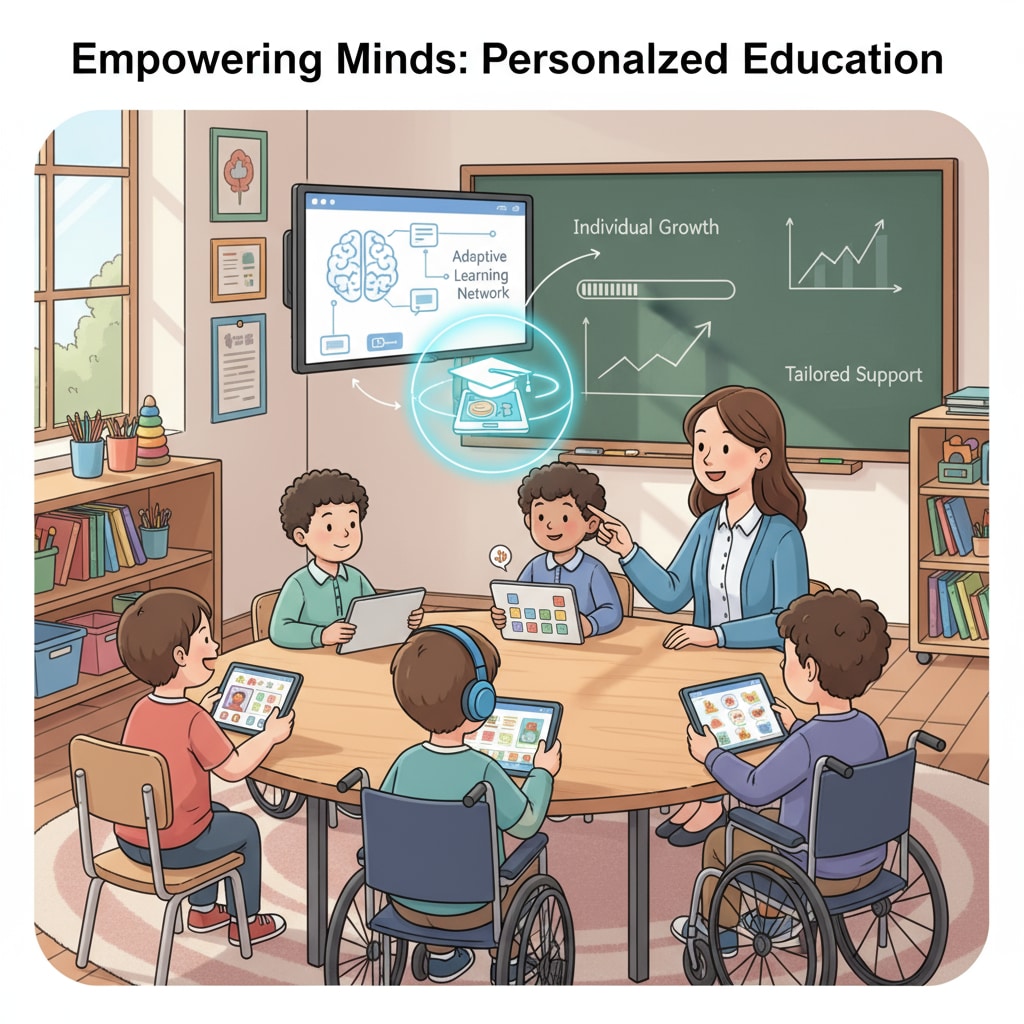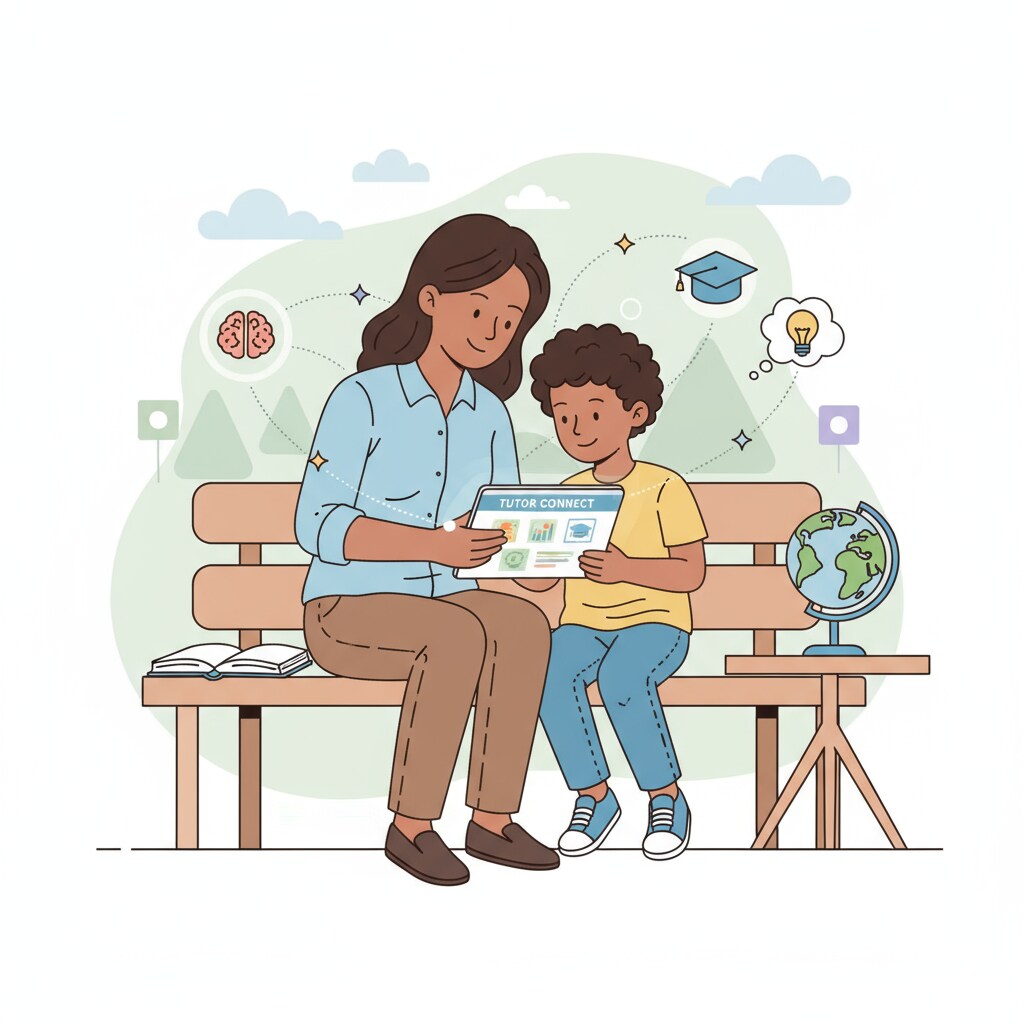In the realm of education, the concept of tutoring apps, special needs, and user feedback has taken center stage, especially when it comes to designing a parent-tutor matching app for special needs children. In the context of the personalized development of K12 education, the question of how technology can truly serve special education needs and connect families with professional resources is of great significance.

The Imperative of a Parent-Tutor Matching App for Special Needs
Special needs children often require individualized attention and specialized teaching methods. A parent-tutor matching app can play a crucial role in this regard. Parents of special needs children are constantly on the lookout for the right tutors who can understand their child’s unique requirements. For example, a child with autism might need a tutor trained in applied behavior analysis. By matching parents with suitable tutors, the app can ensure that these children receive the appropriate support. According to Understood.org, which is dedicated to helping people understand and support kids with learning and attention issues, the right educational support can significantly improve the quality of life and academic performance of special needs children.

User Feedback: The Foundation of App Design
User feedback is the cornerstone of designing an effective parent-tutor matching app. Parents and tutors have valuable insights that can shape the app’s features. For instance, parents may want features like real-time communication with tutors, progress tracking of their child’s learning, and the ability to rate and review tutors. Tutors, on the other hand, might need a platform that is easy to use, provides clear instructions about the child’s needs, and offers resources for lesson planning. Gathering this feedback through surveys, interviews, and usability testing is essential. As stated by TeachThought, an educational resource platform, understanding user needs is fundamental to creating educational tools that are both useful and effective.
The process of user needs research for this app involves multiple steps. First, identifying the target users, which includes parents of special needs children, tutors, and perhaps even special education professionals. Then, using various research methods such as qualitative interviews to understand their experiences, challenges, and expectations. Quantitative surveys can also be used to gather data from a larger sample. This comprehensive approach ensures that the app design takes into account the diverse needs of all stakeholders.
Readability guidance: By breaking down the content into shorter paragraphs and using lists where possible, it becomes easier to understand. For example, in the section about user feedback, we can list the features parents and tutors might want. This not only improves readability but also helps in organizing the information clearly. Also, using transition words like ‘for instance’ and ‘on the other hand’ makes the flow of the text more natural.


